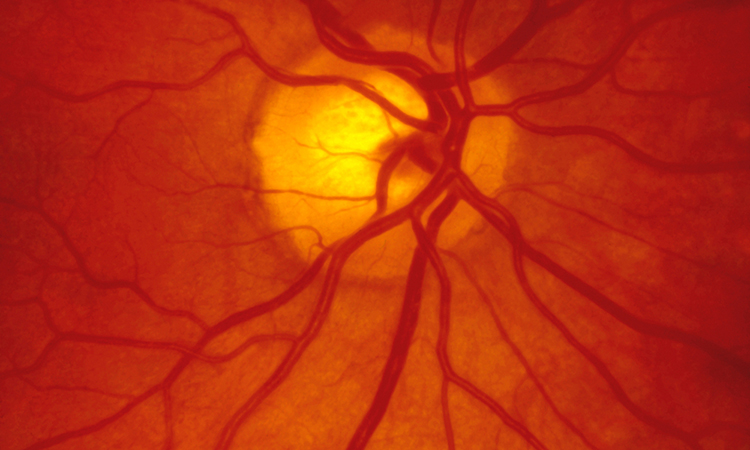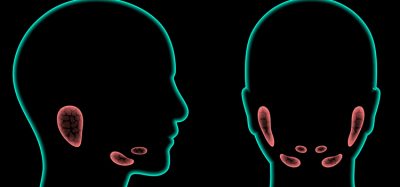Promising strategy for glaucoma cell replacement therapy
Posted: 20 November 2023 | Drug Target Review | No comments yet
Changing blood stem cells into retinal ganglion cells that can migrate to the eye’s retina offers hope for cell replacement therapy.


Vision loss from glaucoma, one of the leading causes of blindness globally, is due to the loss of retinal ganglion cells (RGCs) which cannot currently be reversed with any treatment. The process of replacing RGCs through cell transplants has been studied, but it remains in the research and development stage with many limitations. This emphasises the requirement of more precise and effective way of repopulating RGCs. Researchers, led by scientists from the Schepens Eye Research Institute of Mass Eye and Ear, have now found a promising strategy for glaucoma cell replacement therapy.
The multidisciplinary team conducted their research on the adult mouse retina and adapted the eye’s microenvironment in a way that allowed them to extract stem cells from blood and change them into retinal ganglion cells that could migrate to and survive in the eye’s retina. The scientists believe that this may be applied to human retina in the future.
The success of stem cell transplantation strategies in retina studies is very limited as most donor cells stay at the site of injection and do not migrate where they are needed most. In attempt to solve this, the researchers made RGCs from stem cells and tested the ability of various signalling molecules, chemokines, to guide the new neurons to their correct positions within the retina. Then, the scientists utilised a “big data” approach and explored hundreds of such molecules and receptors to discover 12 unique to RGCs. The stromal derived factor 1 was the best performing molecule for both migration and transplantation.
Senior author Dr Petr Baranov of Mass Eye and Ear said: “This method of using chemokines to guide donor cell movement and integration represents a promising approach to restoring vision in glaucoma patients.” Dr Baranov, also Assistant Professor of Ophthalmology at Harvard Medical School, continued: “It was an exciting journey to work with a team of talented scientists with unique expertise to develop novel techniques in this study to modify the local environment to guide cell behaviour – techniques that potentially be applied to treat other neurodegenerative conditions.”
Members of Baranov’s lab at Mass Eye and Ear co-led the study, including Bioengineer and lead study author Dr Jonathan R Soucy, and Lead Bioinformatician Emil Kriukov, MD.
The study was published in Proceedings of the National Academy of Sciences (PNAS).
Related topics
Big Data, Stem Cells
Related conditions
Glaucoma
Related organisations
Schepens Eye Research Institute of Mass Eye and Ear








